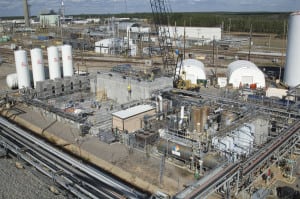
A new project baseline for the Savannah River Site’s Salt Waste Processing Facility (SWPF) is expected in the next few months, according to the Department of Energy and contractor Parsons.
The new baseline, which DOE requested in a March 7 notice of concern…